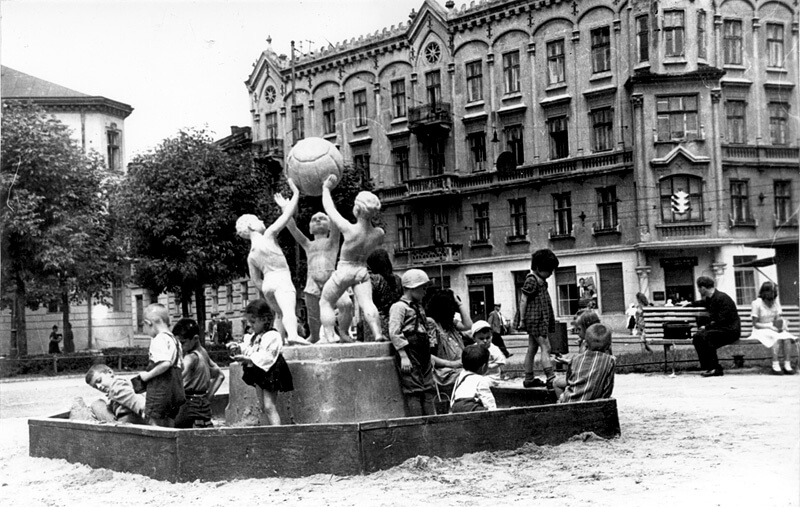Lviv 1944-1953: Everyday Life
Roman Heneha
Ivan Franko National University of LvivFebruary 18, 2014
Center for Urban History, Lviv
Coverage of the Soviet period of Lviv’s urban history until now had a pronounced bias in which scientific analysis was substituted with ideological clichés and journalistic polemics. Despite the emergence in recent years of thorough investigations of the Soviet period, many aspects of urban history continue to be neglected by researchers. At the same time, the study of everyday life in post-war Soviet Lviv provides additional material for understanding the mechanisms used to establish Soviet rule in the city and also vividly reveals the nature of international relations during 1944 -1953.
During the seminar, we tried to consider the most important aspects of city life, everyday life, leisure, governance, marking of urban space and its influence on the formation of a new urban culture, and as a result the conception of a quite different and still unknown Lviv society. This approach will, among other things, help to identify ways to create a new urban space and better define the regional specificity of Lviv.
Roman Heneha
PhD in History, Associate Professor of History at the Ivan Franko National University of Lviv. His dissertation was on “The Students of Lviv in the Ukrainian National Movement (1944-1953).” Research interests – Soviet Lviv during Stalinist times.
Credits
Сover Image: Urban media archive
